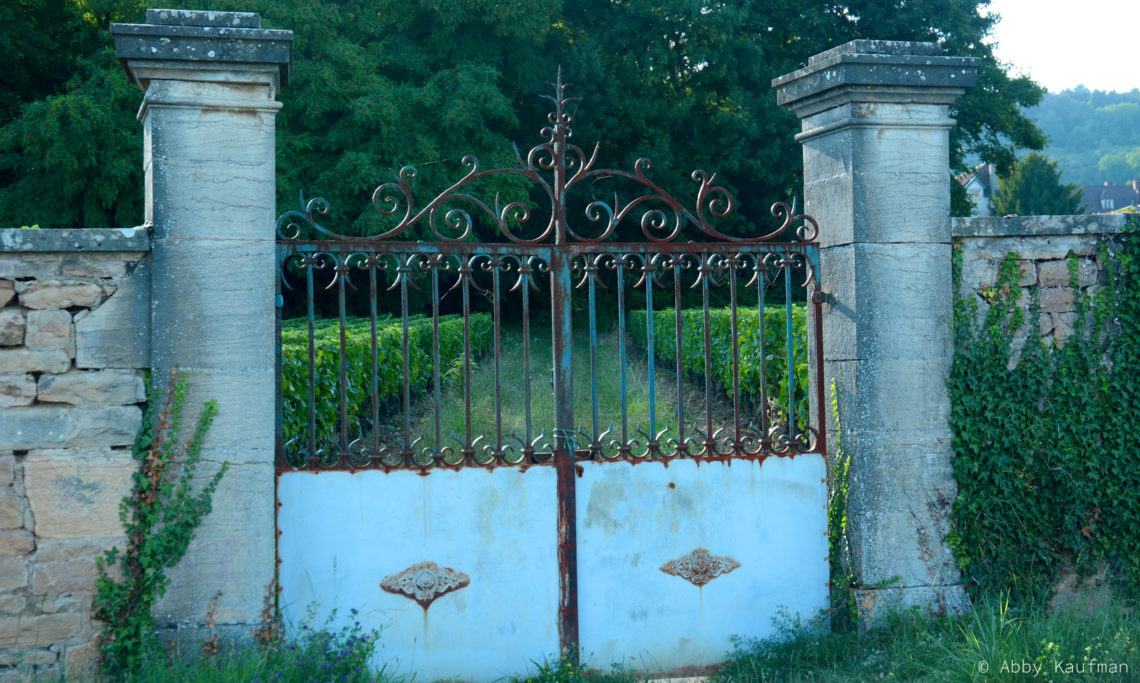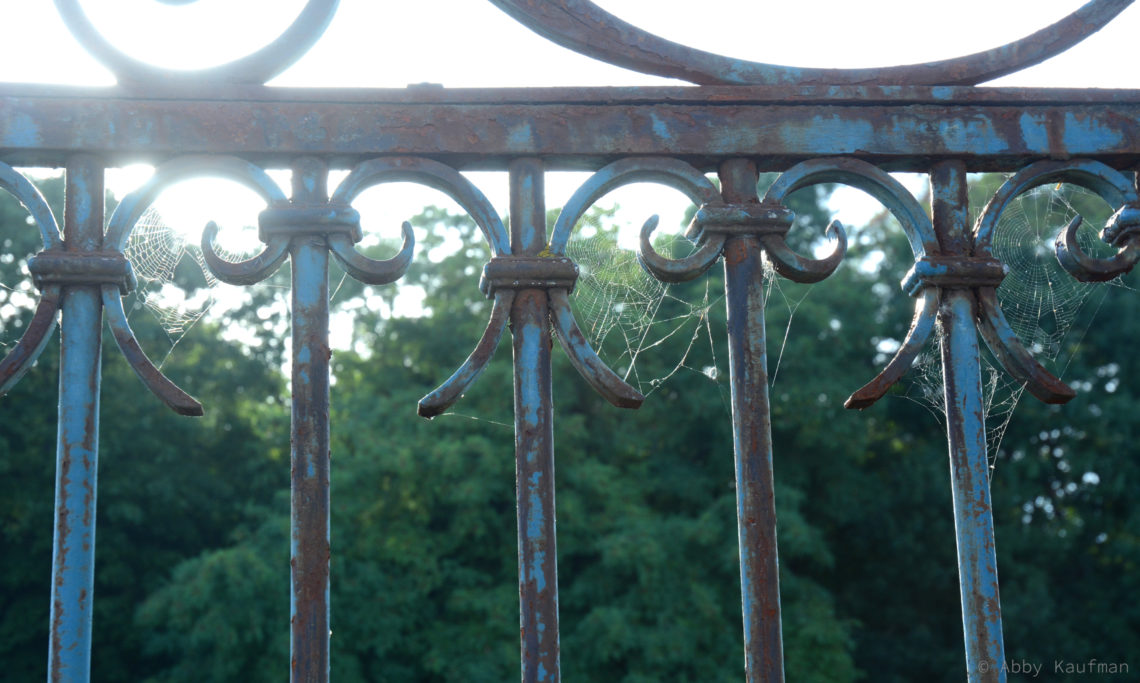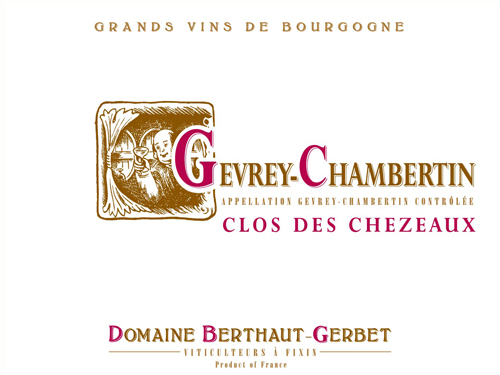Gevrey-Chambertin Clos des Chezeaux
At a Glance
- Size: 0.5 ha (1.2 ac)
- Variety: Pinot Noir
- Vine Age: Planted in 1929, 1941, 1985
- Terroir: Below 1er Cru Les Cazetiers, deep limestone and marl soil.
- Viticulture: Sustainable
- Vinification: De-stemmed, cold macerated. Ambient yeast fermentation in concrete vat. 1-2 pump-overs per day with a few punch-downs at the end of fermentation. Malolactic fermentation and aging for 15 months in barrels (20% new).
Additional Info
Etymology:
Chezeaux, Cheusots, Chazots, and Echezeaux, come from the word chesaux, plural of chesal, and derived from the Latin casellum or casalis. The meaning of chesal varies depending on the sources consulted, and appears to have evolved over time, but most often, it refers to a stone house or building. Now whether this is a modest house, a secondary house, or a castle is the question. The tradition at Berthaut is that it means “around the castle.” This would make sense since the Clos des Chezeaux is indeed just below the castle of Gevrey-Chambertin.
Site Description:
Amélie is the only farmer of this 0.5 hectare vineyard. But since this is a métayage arrangement, it is not a monopole bottling. It is a true clos, with walls on all sides. The vineyard is just at the outset of the village on the northern side. It is located mid-slope, at 290-meters elevation. The slope is gentle and faces southeast. The vines range from 40 to 60 years old.
Soil:
The soils are deep, clay-rich, and dark brown in color with approximately 10% gravels and up to 10% poorly-sorted cobbles. The gravels and cobbles vary from well-rounded to angular, indicating that they come from various locations. Many cobbles are of the dark red sandy marl and the angular ones come from just up the slope. Other pieces of rounded to angular “Gevrey silex” and well-rounded, salmon pink conglomerate, indicate that there is also a significant alluvial component.
Bedrock:
The Clos de Chezeaux sits entirely on a bedrock of Crinoidal limestone.
We are greatly indebted to Brenna Quigley for the geology and physical descriptions.
We are also indebted to geologist Françoise Vannier of Adama Terroirs Viticoles, who created the bedrock map for Gevrey that Brenna based part her work on. www.adama-terroirs.fr
Wines
-
White
-
Red
- Bourgogne Rouge Les Prielles
- Bourgogne Hautes Côtes de Nuits
- Côte de Nuits-Villages
- Fixin Rouge
- Fixin Les Clos
- Fixin Les Crais
- Fixin En Combe Roy
- Fixin 1er Cru Les Arvelets
- Gevrey-Chambertin
- Gevrey-Chambertin Clos des Chezeaux
- Gevrey-Chambertin 1er Cru Les Cazetiers
- Gevrey-Chambertin 1er Cru Lavaux St. Jacques
- Chambolle-Musigny 1er Cru Les Plantes
- Vosne-Romanée
- Vosne-Romanée 1er Cru Les Petits Monts
- Vosne-Romanée 1er Cru Les Suchots
- Clos Vougeot Grand Cru
- Echezeaux Grand Cru



